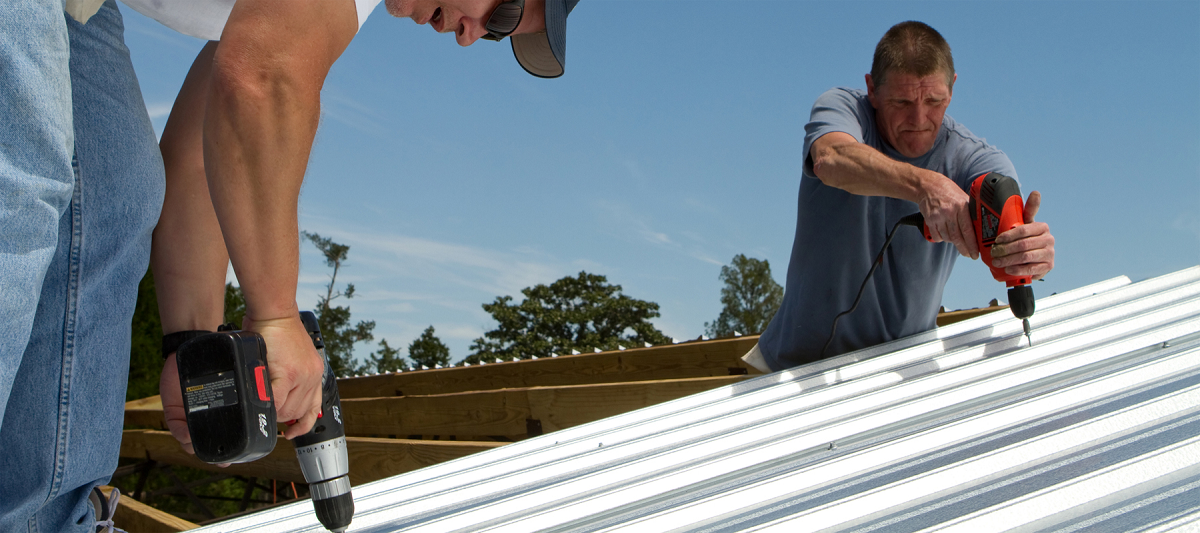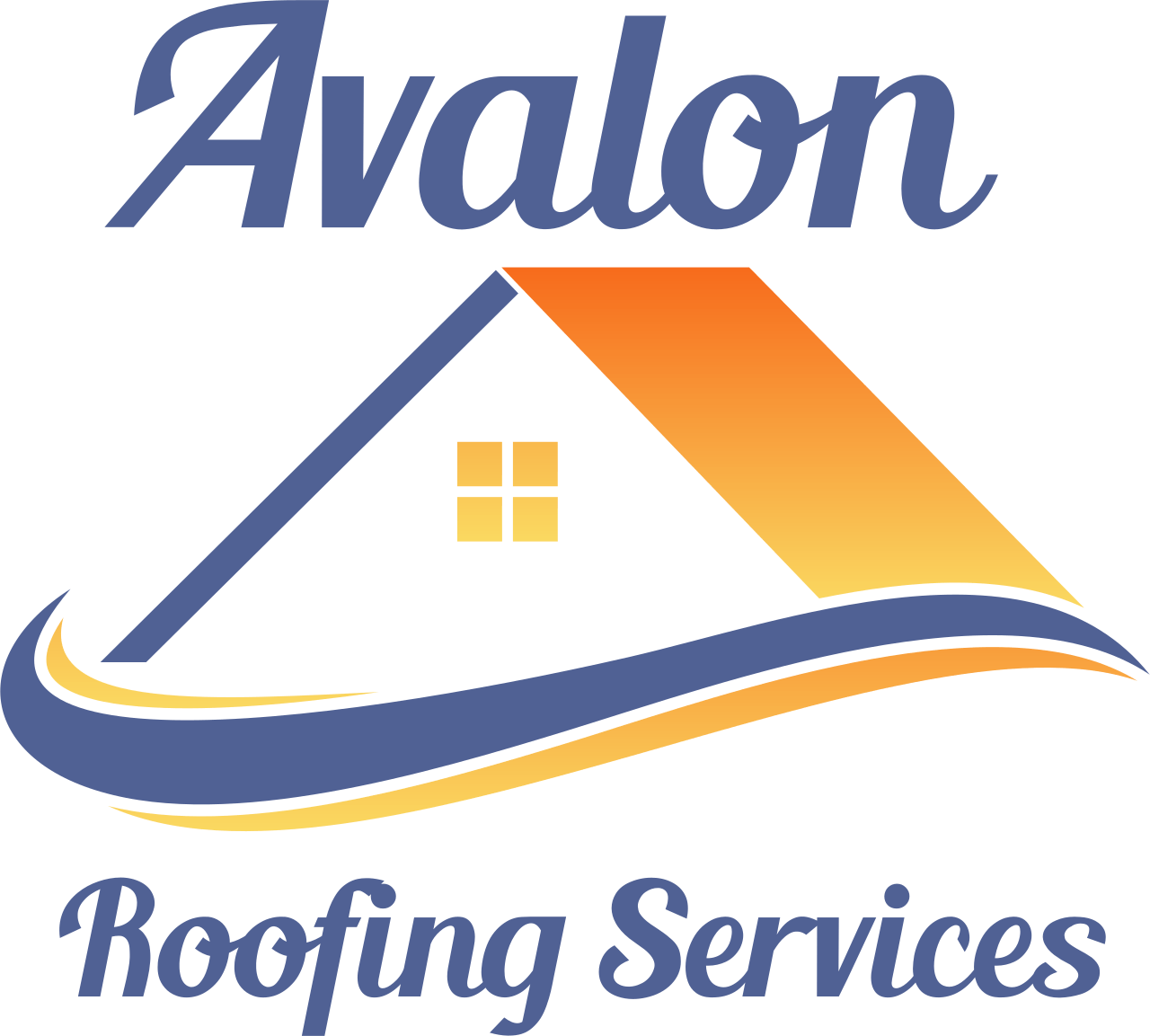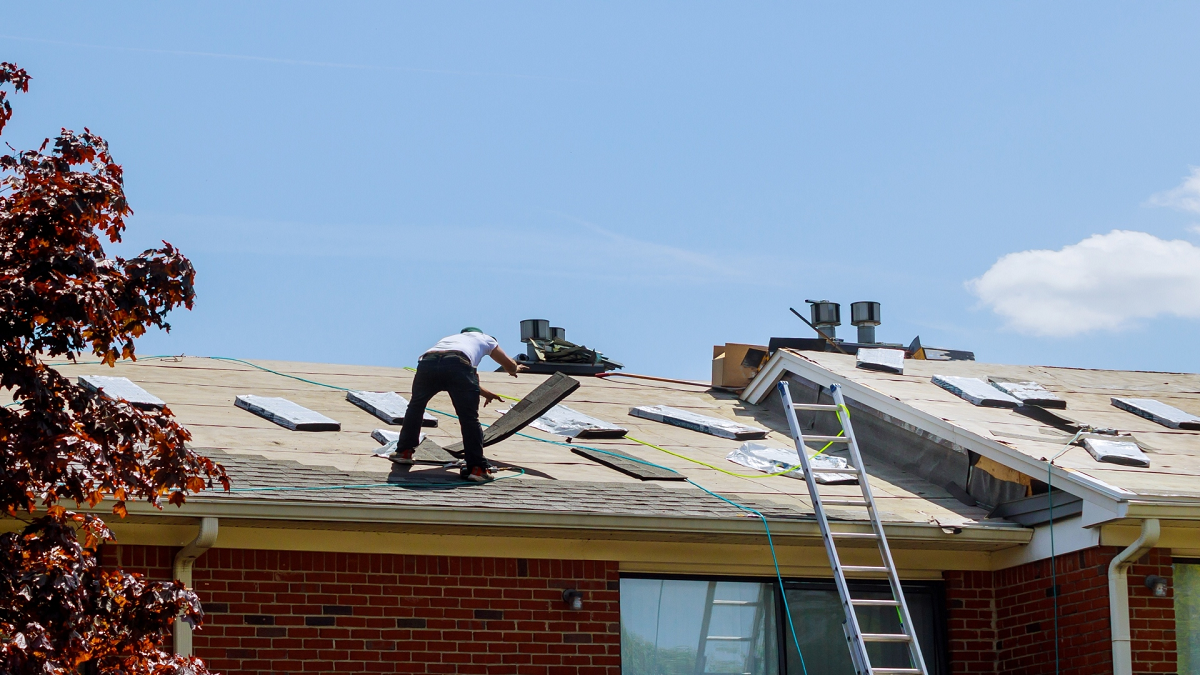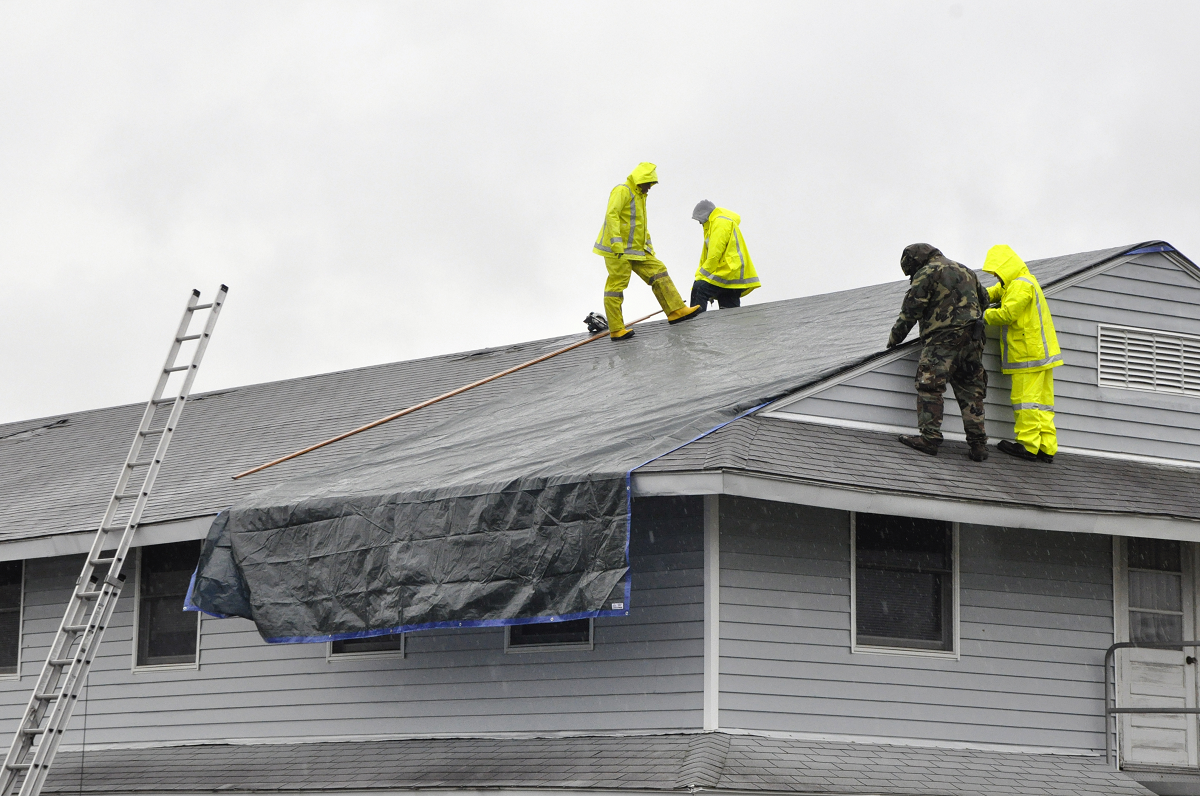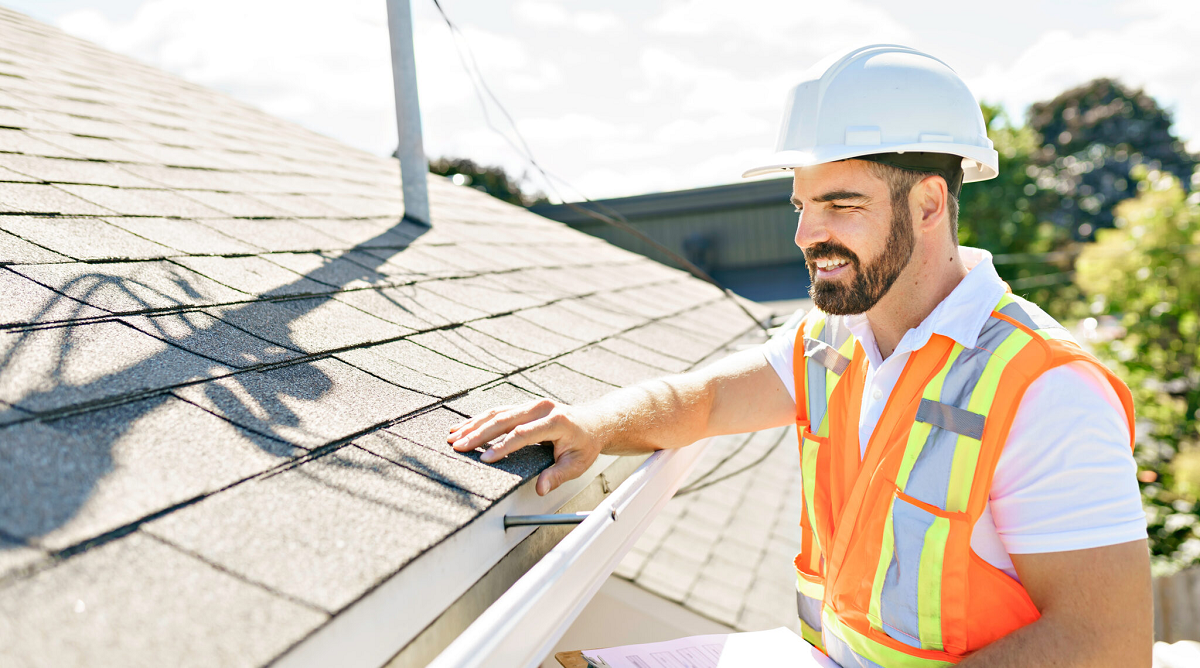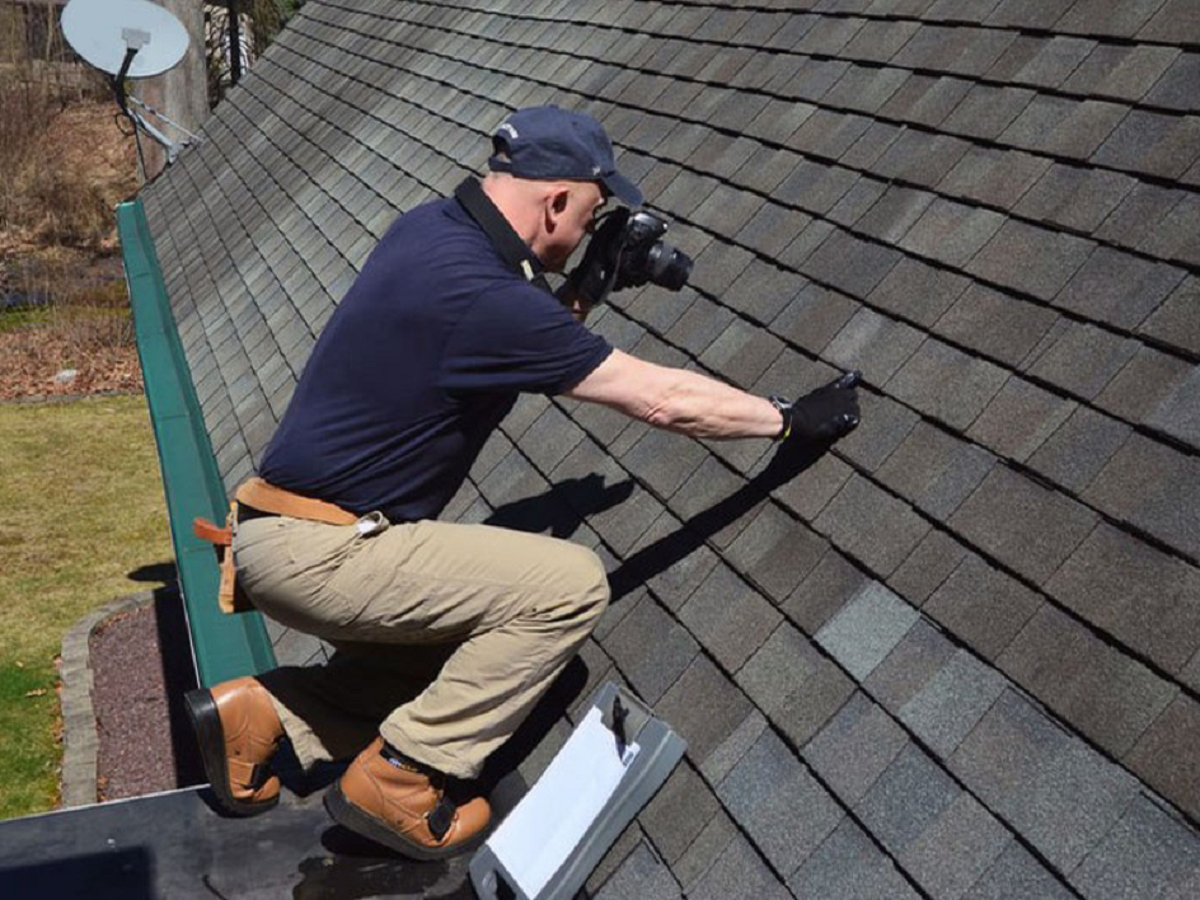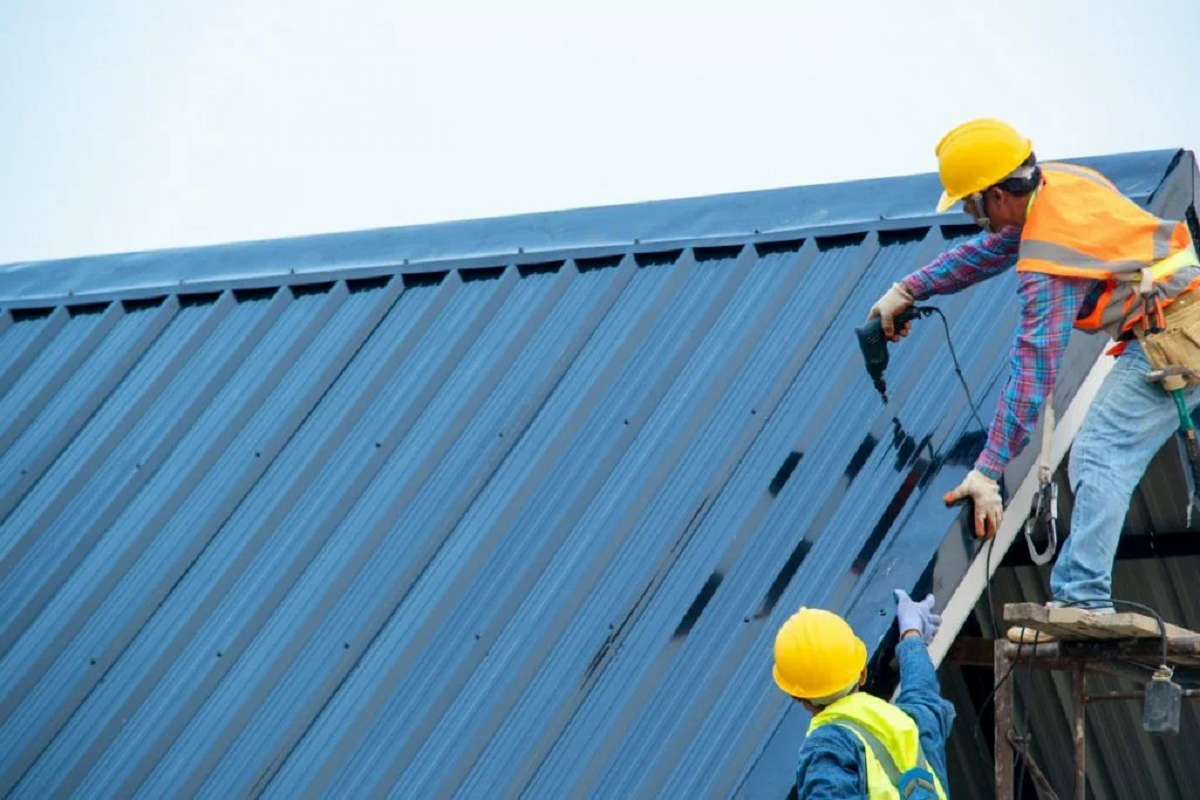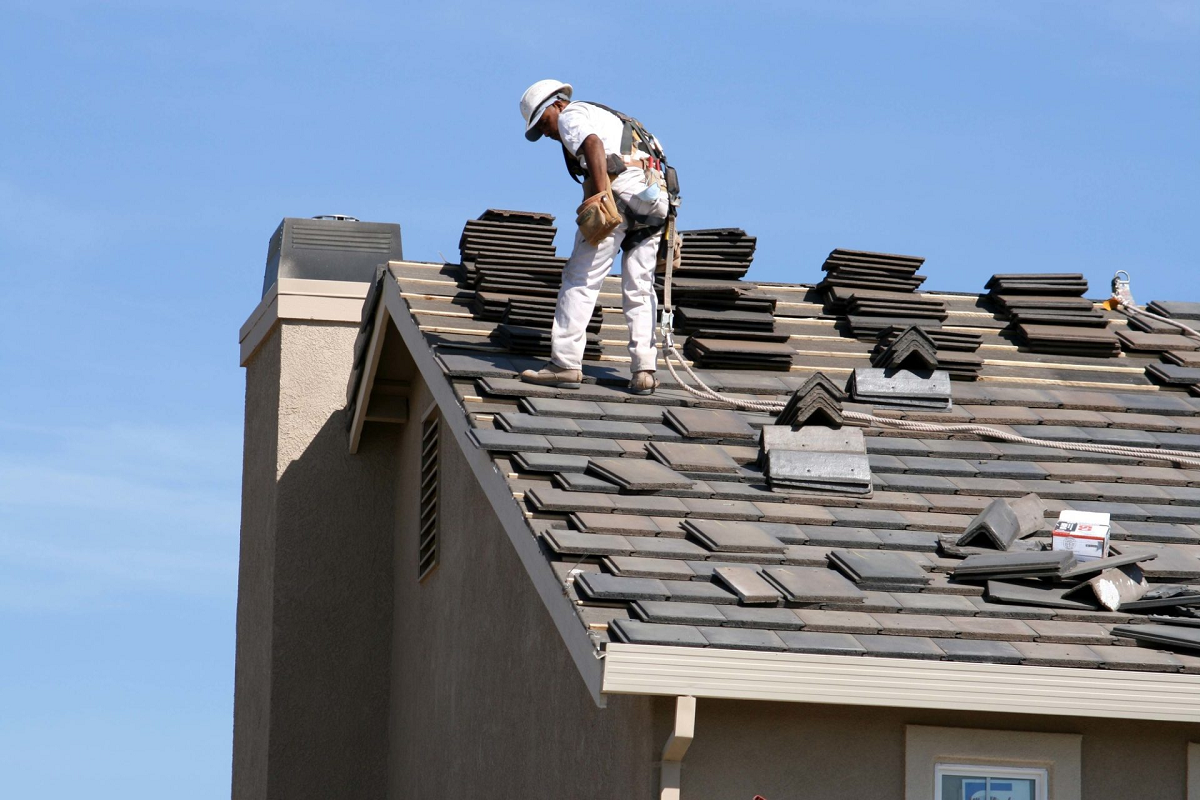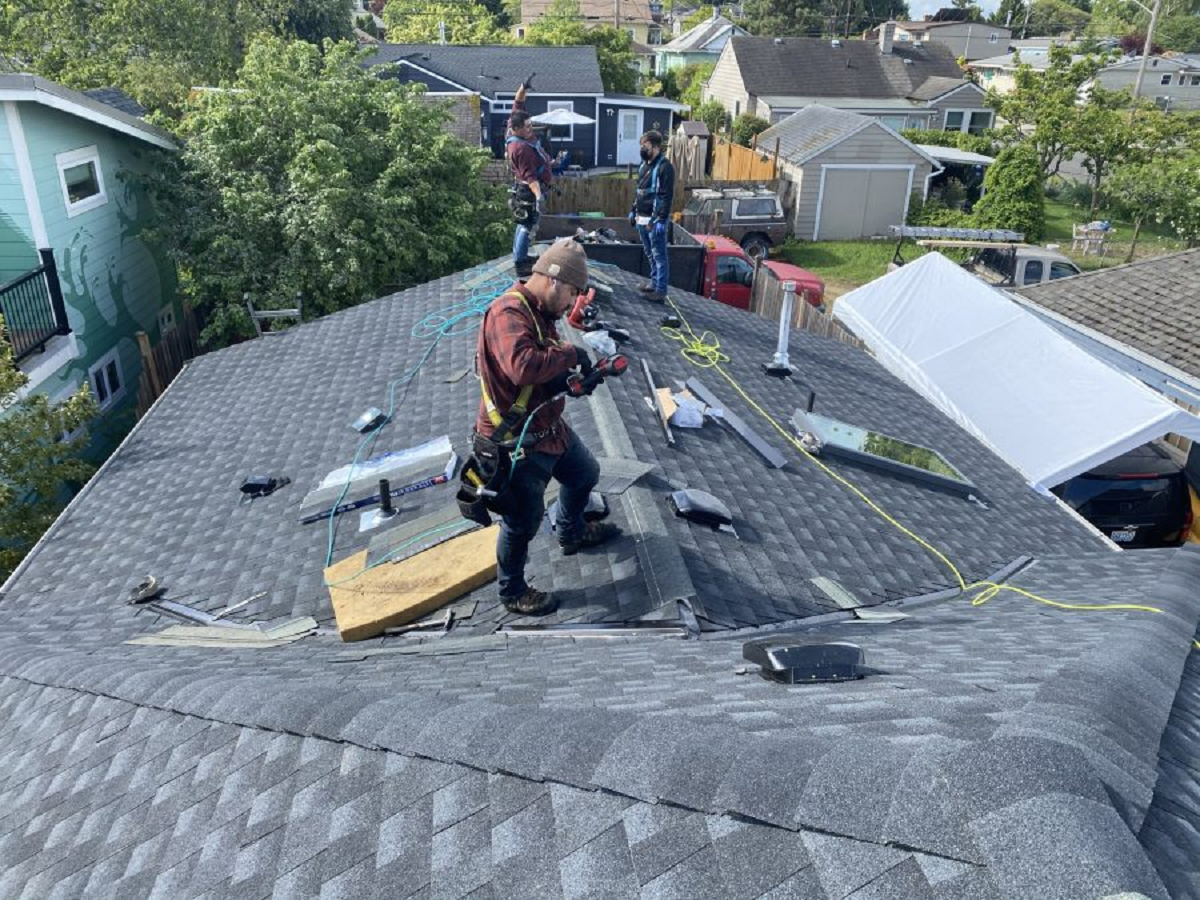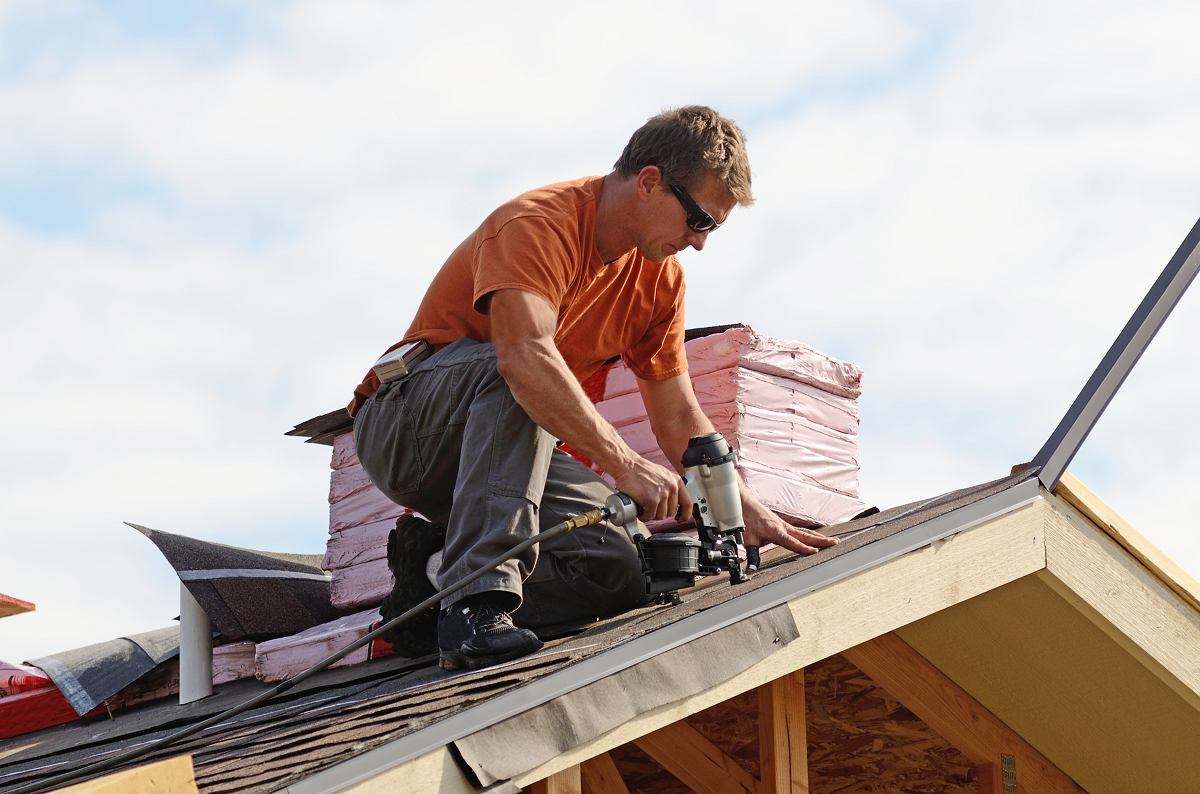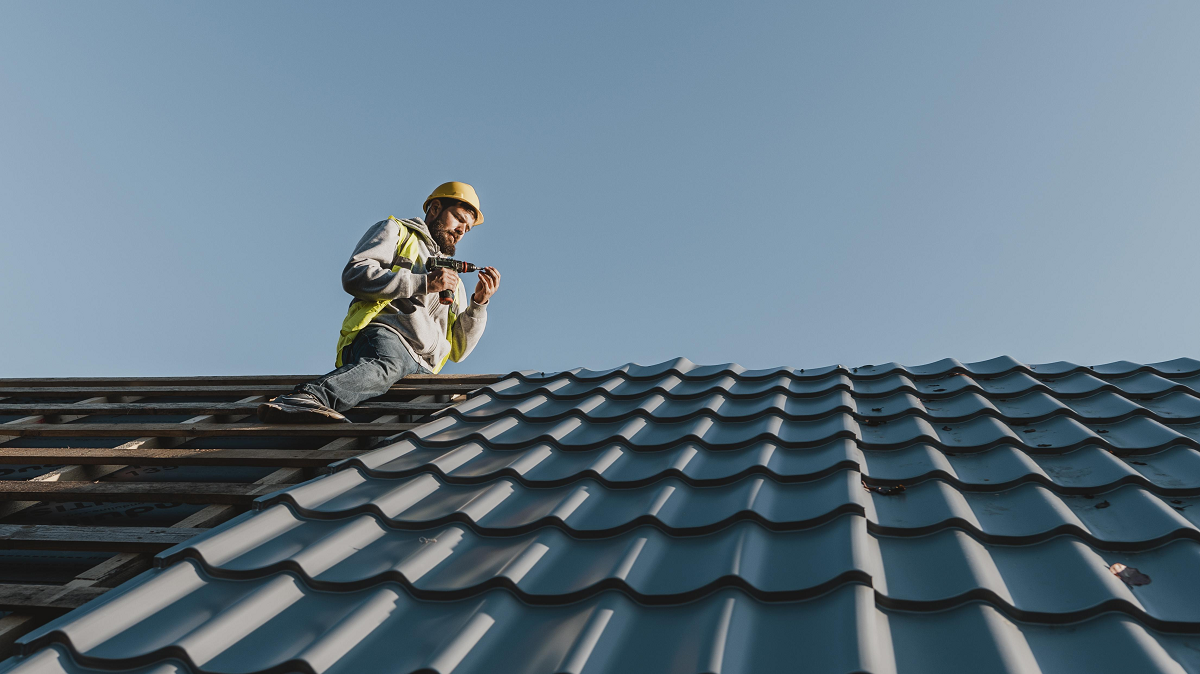Roof Installation: A Homeowner’s Guide to Long-Lasting Protection
At Avalon Roofing Services, we believe that
roof installation
is one of the most important investments a homeowner can make. Whether you're building a new home or replacing an aging roof, a proper installation provides the foundation for long-term protection, structural integrity, and peace of mind. We approach every project with careful planning, attention to detail, and a focus on lasting results, so our clients receive not just a roof, but a reliable solution tailored to their home.
Why Roof Installation Is More Than Just New Shingles
A successful
roof installation goes beyond simply putting new materials on top of your home. It’s a layered process that requires expert knowledge, experienced hands, and a deep understanding of your home’s structure and environmental factors. A well-installed roof offers your home protection from the elements, helps regulate temperature, and supports overall energy efficiency.
Replacing a roof is often necessary after years of exposure to sun, rain, wind, and debris. Over time, even the most durable materials can begin to fail. Knowing when and how to proceed with a new installation can save you from expensive water damage, insulation problems, or even structural issues down the line.
A professional installation also gives you the chance to upgrade ventilation, insulation, and drainage—components that may have been overlooked in the original design. With the right materials and workmanship, your new roof becomes a long-term asset rather than just another upgrade.
When Is It Time for a New Roof?
Not every roof issue requires a full replacement, but some signs indicate that repairs may no longer be enough. Here’s how to recognize when your home may need a complete installation:
- Age of the roof: If your current roof is 20–25 years old (depending on materials), it may be approaching the end of its useful life.
- Persistent leaks: Water stains on ceilings or in the attic, even after repairs, suggest a broader problem.
- Missing, cracked, or curling shingles: Visible damage can lead to moisture infiltration and further deterioration.
- Granule loss: Finding shingle granules in gutters is a clear sign of aging materials.
- Sagging areas: A sagging roofline may point to structural issues underneath the surface.
If you’re unsure, it’s wise to schedule an inspection. A professional can evaluate your roof and advise whether repair or full replacement is the best course of action.
What to Expect During the Roof Installation Process
Understanding what’s involved in the roof installation process helps you prepare and make informed decisions. We follow a detailed approach to ensure that each job is completed safely, efficiently, and with lasting quality.
1. Initial Evaluation
We begin every project with a full inspection of your existing roof and underlying structure. This includes checking for signs of water damage, structural rot, ventilation concerns, or other factors that might affect the installation.
2. Material Selection
Next, we work with you to select roofing materials that fit your home’s needs, your budget, and the local climate. Whether you choose traditional asphalt shingles, long-lasting metal, or another option, we make sure the materials are high quality and properly suited to your property.
3. Tear-Off and Preparation
Before installing the new roof, we carefully remove the existing materials. We inspect the sheathing (wood deck) beneath and replace any damaged sections. Preparation is key—starting with a solid, clean base helps your new roof last longer and perform better.
4. Underlayment and Flashing
We install waterproof underlayment and flashing in vulnerable areas like valleys, chimneys, and vents. These layers are essential for managing water runoff and preventing leaks over time.
5. Roofing Material Installation
With the prep work complete, we install your chosen roofing material according to manufacturer specifications and industry best practices. Attention to detail during this step is critical to avoid problems like lifted shingles or uneven coverage.
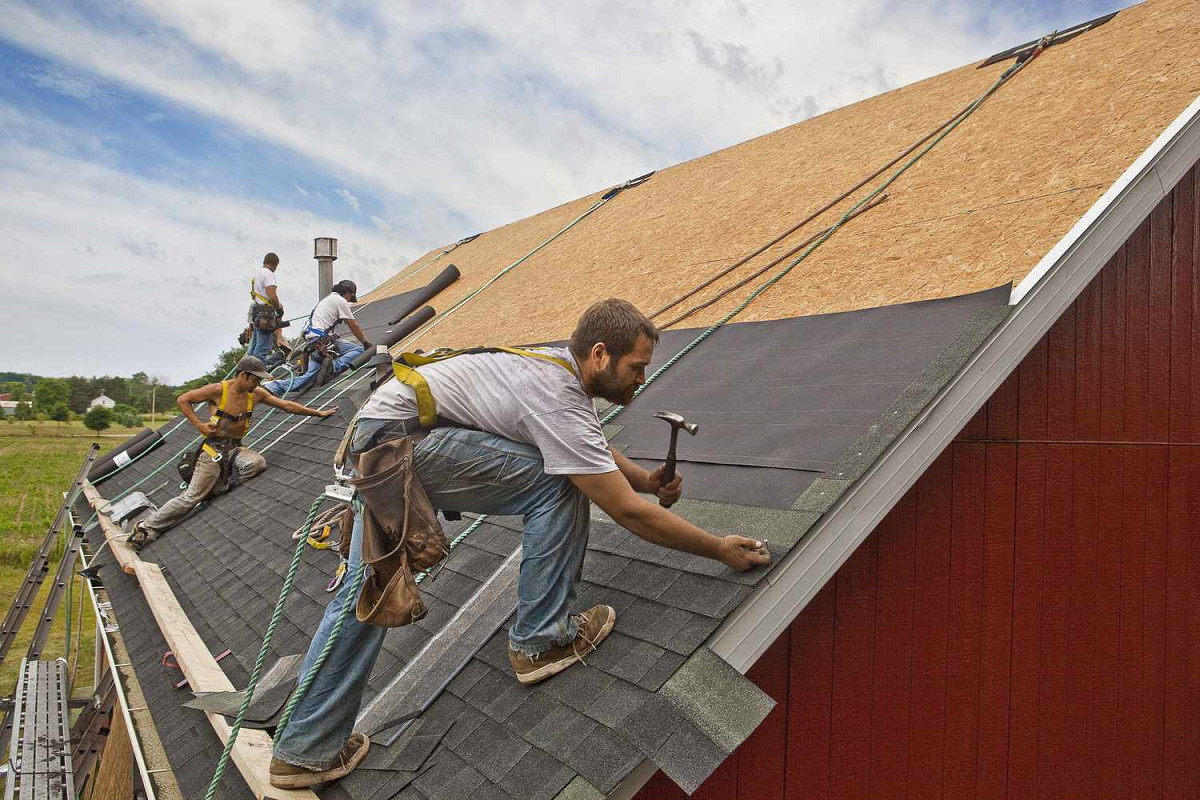
6. Ventilation and Insulation Review
We inspect attic ventilation and airflow to ensure your roof “breathes” properly. Adequate ventilation helps regulate temperature, prevent condensation, and extend the lifespan of your materials.
7. Cleanup and Final Inspection
After the installation is complete, we clean the work area thoroughly and dispose of all debris. We also conduct a final walkthrough to ensure everything meets our quality standards—and yours.
Roofing Material Options: What to Consider
Choosing the right material for your new roof is an important step in the process. Each type has its own advantages based on style, performance, and longevity.
- Asphalt shingles: These are the most popular choice due to their affordability, variety of colors, and solid performance. They generally last 20–30 years.
- Metal roofing: Durable, energy-efficient, and long-lasting (40–70 years), metal is a great option for homes in areas with heavy rain or snow.
- Clay or concrete tiles: Known for their longevity and distinctive appearance, these materials suit Mediterranean or Southwestern-style homes. They can last over 50 years.
- Wood shingles or shakes: These offer a natural look, but they require more maintenance and are better suited for dry climates.
- Slate: One of the most durable options available, slate roofing can last more than 75 years, though it’s heavier and more costly.
We’re here to help you weigh the pros and cons of each based on your goals, local weather, and the style of your home.
Why Professional Installation Matters
Roof installation is not a task for DIY attempts or low-cost shortcuts. The integrity of your home depends on doing it right the first time. Here’s why hiring an experienced contractor matters:
- Safety: Roofing work involves working at heights and using specialized equipment. Professional installers are trained to do the job safely.
- Warranty protection: Most roofing material warranties require professional installation. If it’s done incorrectly, the warranty may be void.
- Expertise: We understand the structure of different homes, how materials interact with climate, and the best techniques for installation.
- Code compliance: We follow all local building codes and regulations to ensure your installation passes inspection.
At Avalon Roofing Services, we bring years of experience to every project. We’re licensed, insured, and committed to delivering craftsmanship you can rely on.
Maintenance After Roof Installation
Once your new roof is in place, taking care of it helps extend its life. Here are some tips to protect your investment:
- Inspect regularly: Even with a new roof, it's a good idea to check for debris, wear, or damage once or twice a year.
- Keep gutters clean: Clogged gutters can lead to water backing up and seeping under roofing materials.
- Trim trees: Overhanging branches can damage shingles or drop debris that causes mold or rot.
- Check attic ventilation: Proper ventilation supports roof health and helps avoid moisture buildup.
We offer maintenance plans to help our clients stay on top of routine care, with scheduled inspections and minor adjustments that keep things in top shape.
Conclusion
A proper roof installation protects your home, adds value, and provides security for years to come. At Avalon Roofing Services, we approach every job with professionalism, care, and a commitment to lasting quality. Our goal is to guide you through the process with clear information, trusted advice, and skilled craftsmanship. If you’re ready to install a new roof or have questions about the right next step for your home, we’re here to help you make decisions with confidence and peace of mind.
